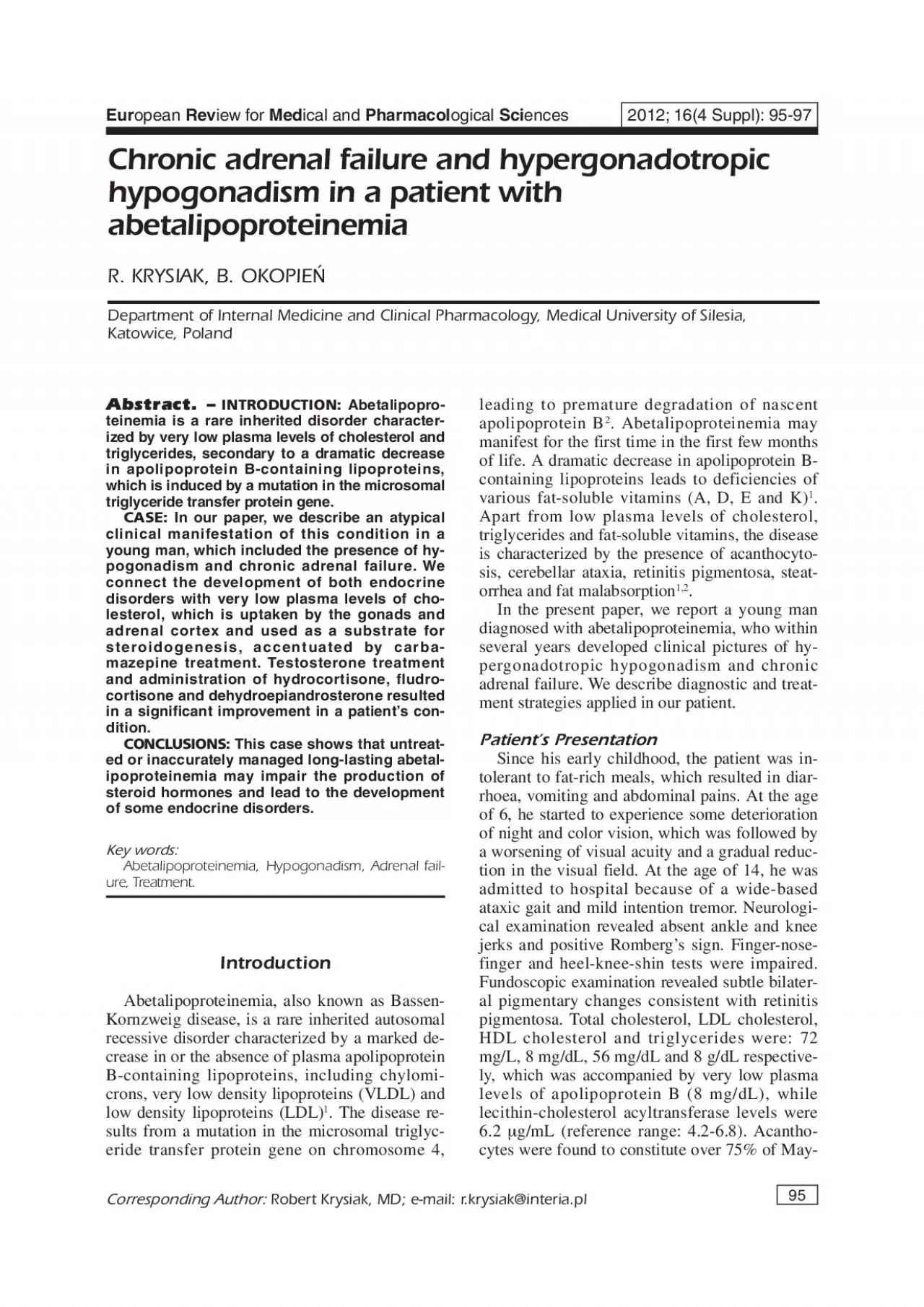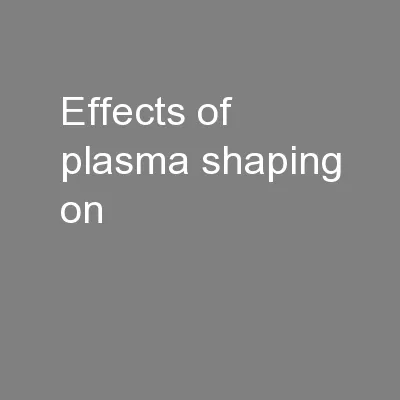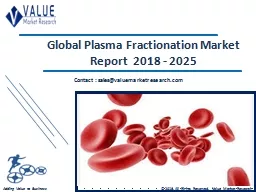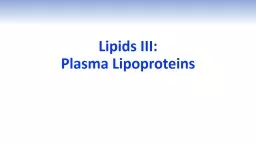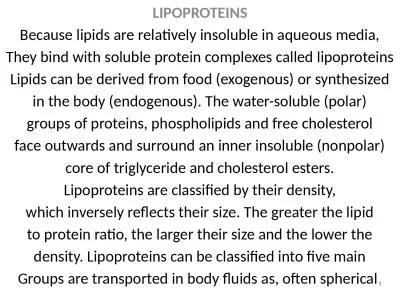PDF-states associated with low plasma cholesterol levels its transport t
Author : sophia2 | Published Date : 2022-09-20
Abetalipoproteinemia and endocrine disorders GrunwaldGiemsastained erythrocytes Stereomicroscopy revealed diffuse microvesicularclinical picture and laboratory findings
Presentation Embed Code
Download Presentation
Download Presentation The PPT/PDF document "states associated with low plasma choles..." is the property of its rightful owner. Permission is granted to download and print the materials on this website for personal, non-commercial use only, and to display it on your personal computer provided you do not modify the materials and that you retain all copyright notices contained in the materials. By downloading content from our website, you accept the terms of this agreement.
states associated with low plasma cholesterol levels its transport t: Transcript
Download Rules Of Document
"states associated with low plasma cholesterol levels its transport t"The content belongs to its owner. You may download and print it for personal use, without modification, and keep all copyright notices. By downloading, you agree to these terms.
Related Documents

